In a $\triangle\text{ABC},\text{AD}$ is the bisector of $\angle\text{A}.$ If AB = 5.6cm, BD = 3.2cm and BC = 6cm, find AC.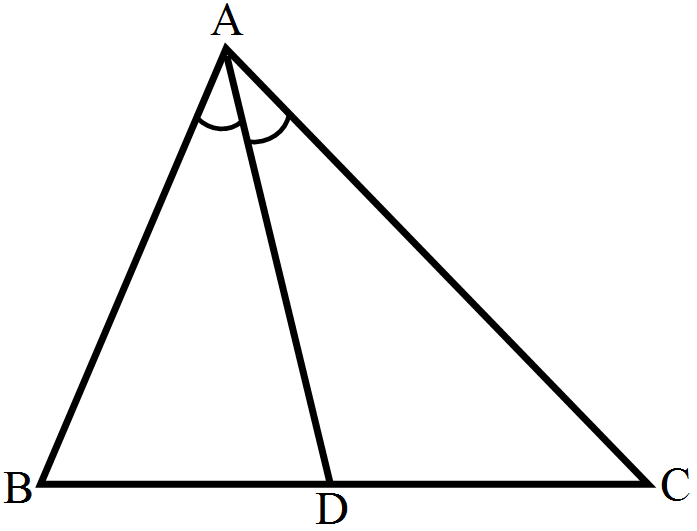

It is given that AD bisects $\angle\text{A}.$
Applying angle-bisector theorem in $\triangle\text{ABC},$ we get:
$\frac{\text{BD}}{\text{DC}}=\frac{\text{AB}}{\text{AC}}$
BD = 3.2cm, BC = 6cm
Therefore, DC = 6 - 3.2 = 2.8cm
$\Rightarrow\frac{3.2}{2.8}=\frac{5.6}{\text{AC}}$
$\Rightarrow\text{AC}=\frac{5.6\times2.8}{3.2}=4.9\text{cm}$
Applying angle-bisector theorem in $\triangle\text{ABC},$ we get:
$\frac{\text{BD}}{\text{DC}}=\frac{\text{AB}}{\text{AC}}$
BD = 3.2cm, BC = 6cm
Therefore, DC = 6 - 3.2 = 2.8cm
$\Rightarrow\frac{3.2}{2.8}=\frac{5.6}{\text{AC}}$
$\Rightarrow\text{AC}=\frac{5.6\times2.8}{3.2}=4.9\text{cm}$
Download our appand get started for free
Experience the future of education. Simply download our apps or reach out to us for more information. Let's shape the future of learning together!No signup needed.*
Similar Questions
- 1View SolutionFind the height of an equilateral triangle of side 12cm.
- 2D and E are points on the sides AB and AC respectively of a $\triangle\text{ABC}$ such that DE || BC:View Solution
If AD = 3.6cm, AB = 10cm and AE = 4.5cm, find EC and AC.
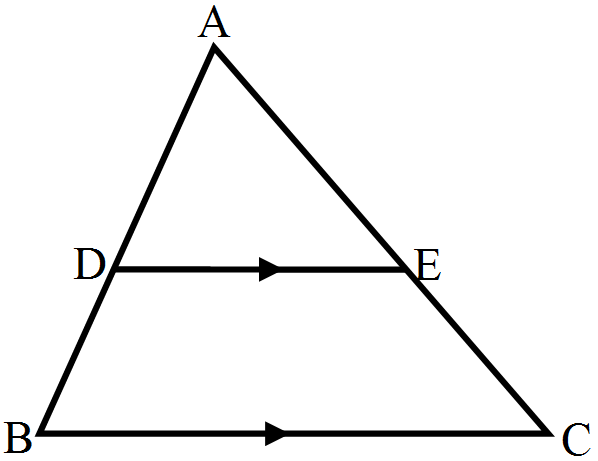
- 3If the lengths of the sides BC, CA and AB of a $\triangle\text{ABC}$ are a, b and c respectively and AD is the bisectore of $\angle\text{A}$ then find the lengths of BD and DC.View Solution
- 4In a $\triangle\text{ABC},\text{M}$ and N are points on the sides AB and AC respectively such that BM || BC.View Solution
- 5In the given figure, $\triangle\text{ODC}\sim\triangle\text{OBA},\angle\text{BOC}=115^\circ$ and $\angle\text{CDO}=70^\circ.$View Solution
Find- $\angle\text{DOC}$
- $\angle\text{DCO}$
- $\angle\text{OAB}$
- $\angle\text{OBA}$
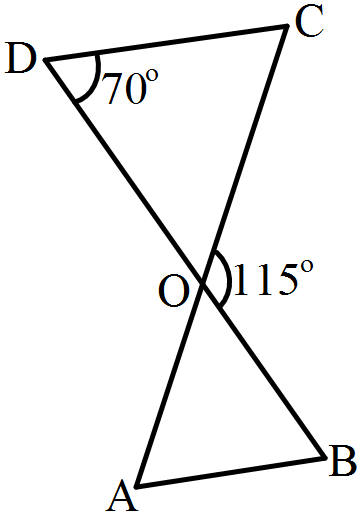
- 6D and E are points on the sides AB and AC respectively of a $\triangle\text{ABC}$ such that DE || BC:View Solution
AD = (7x - 4)cm, AE = (5x - 2)cm, DB = (3x + 4)cm and EC = 3x cm.
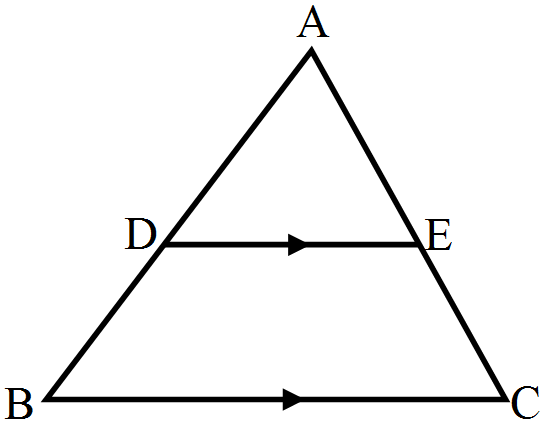
- 7View SolutionFind the lenght of each side of a rhombus whose diagonals are 24cm and 10cm. long.
- 8$\triangle\text{ABC}\sim\triangle\text{PQR}$ and $\text{ar}(\triangle\text{ABC})=4\text{ar}(\triangle\text{PQR}).$ If BC 12cm, find QR.View Solution
- 9View SolutionIn the given pairs of triangles, find which pair of triangles are similar. State the similarity criterior and write the similarity relation in symbolic from.
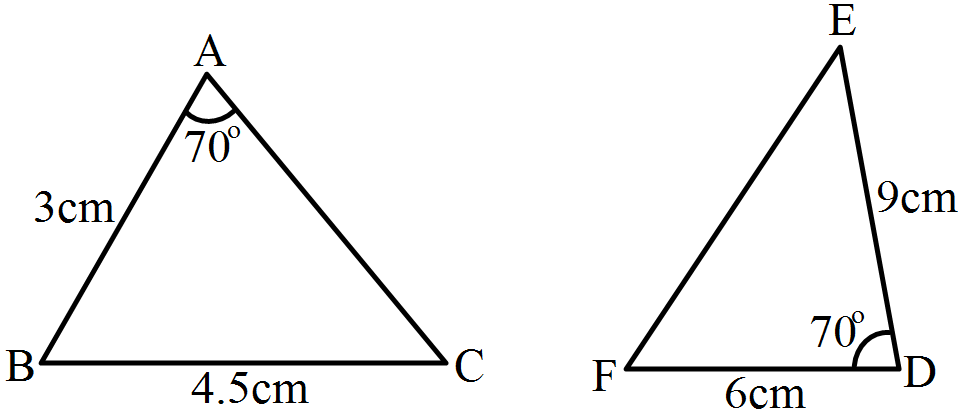
- 10Find the length of altitude AD of an isosceles $\triangle\text{ABC}$ in which AB = AC = 2a units and BC = a units.View Solution
